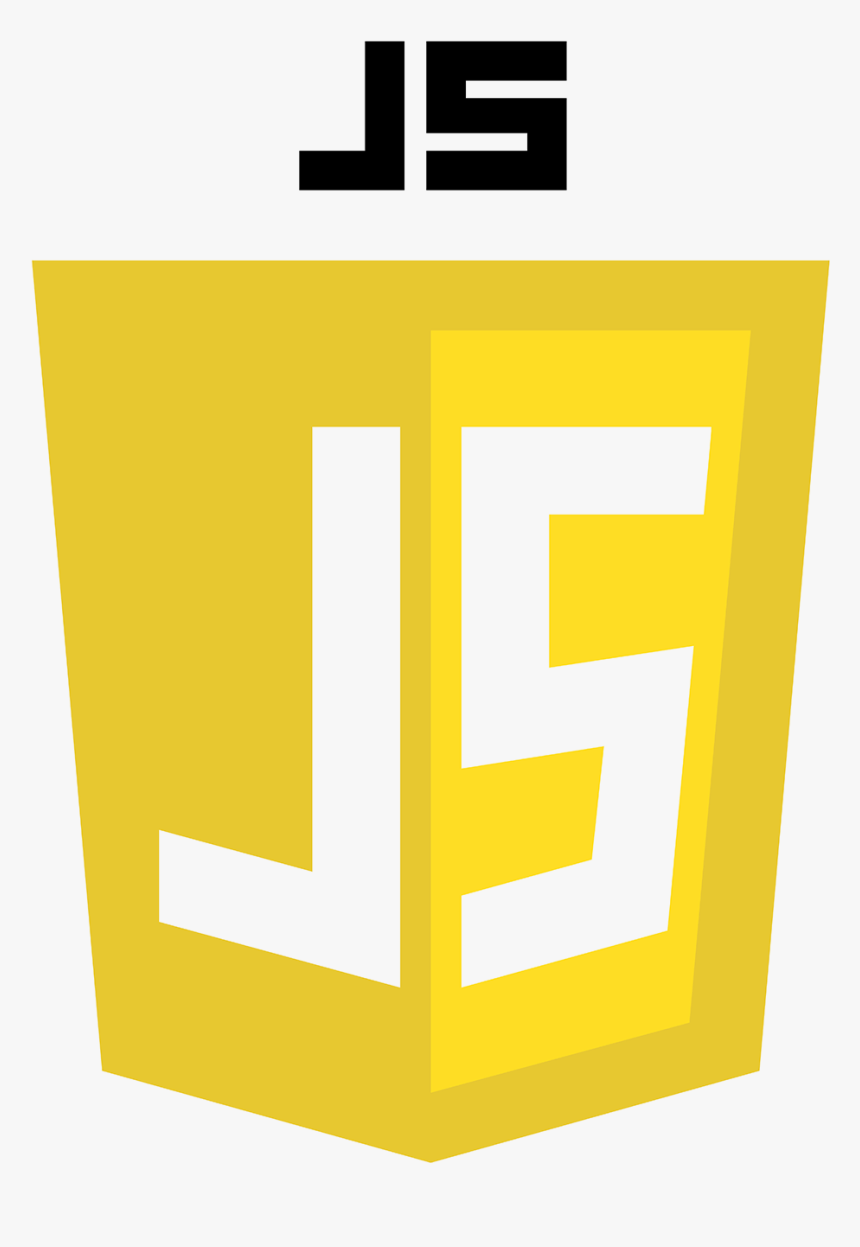JavaScript

What is JavaScript?
JavaScript is a high-level programming language that enables interactive and dynamic behavior on websites. It runs in the browser and allows developers to make web pages respond to user actions.
Why Use JavaScript?
- Enables interactivity such as clicking, dragging, animations, and form validation
- Updates HTML and CSS dynamically without reloading the page
- Essential for building modern web applications
Where is JavaScript Used?
- In the browser (frontend) for creating dynamic UIs
- On the server (backend) using environments like Node.js
JavaScript Syntax Basics
- Variables: Declared using
let, const, or var
- Functions: Used to group reusable blocks of code
- Events: Detect user interactions like clicks or keypresses
- Conditionals:
if, else, switch statements
- Loops:
for, while, forEach for repetition
Common Use Cases
- Form validation
- Real-time updates (e.g., chat apps)
- Dropdown menus and sliders
- Dynamic content loading (AJAX, Fetch API)
- Browser-based games
JavaScript and the DOM
The Document Object Model (DOM) allows JavaScript to access and modify HTML elements. Example: change text, hide/show elements, update styles.
Popular JavaScript Concepts
- Variables and Data Types
- Functions and Scope
- Objects and Arrays
- ES6+ Features: Arrow functions, let/const, template literals, etc.
- Promises and Async/Await
- APIs and Fetch
JavaScript Frameworks and Libraries
- React: For building reusable UI components
- Vue.js: Progressive framework for UI development
- Angular: Full-fledged framework by Google
- jQuery: Simplifies DOM manipulation (less common now)
← Back to Home
